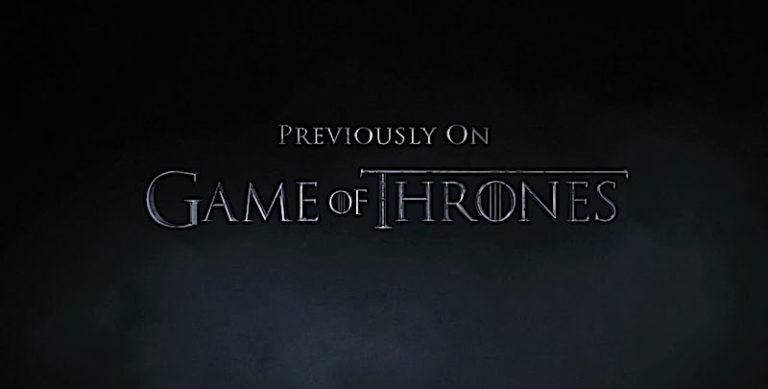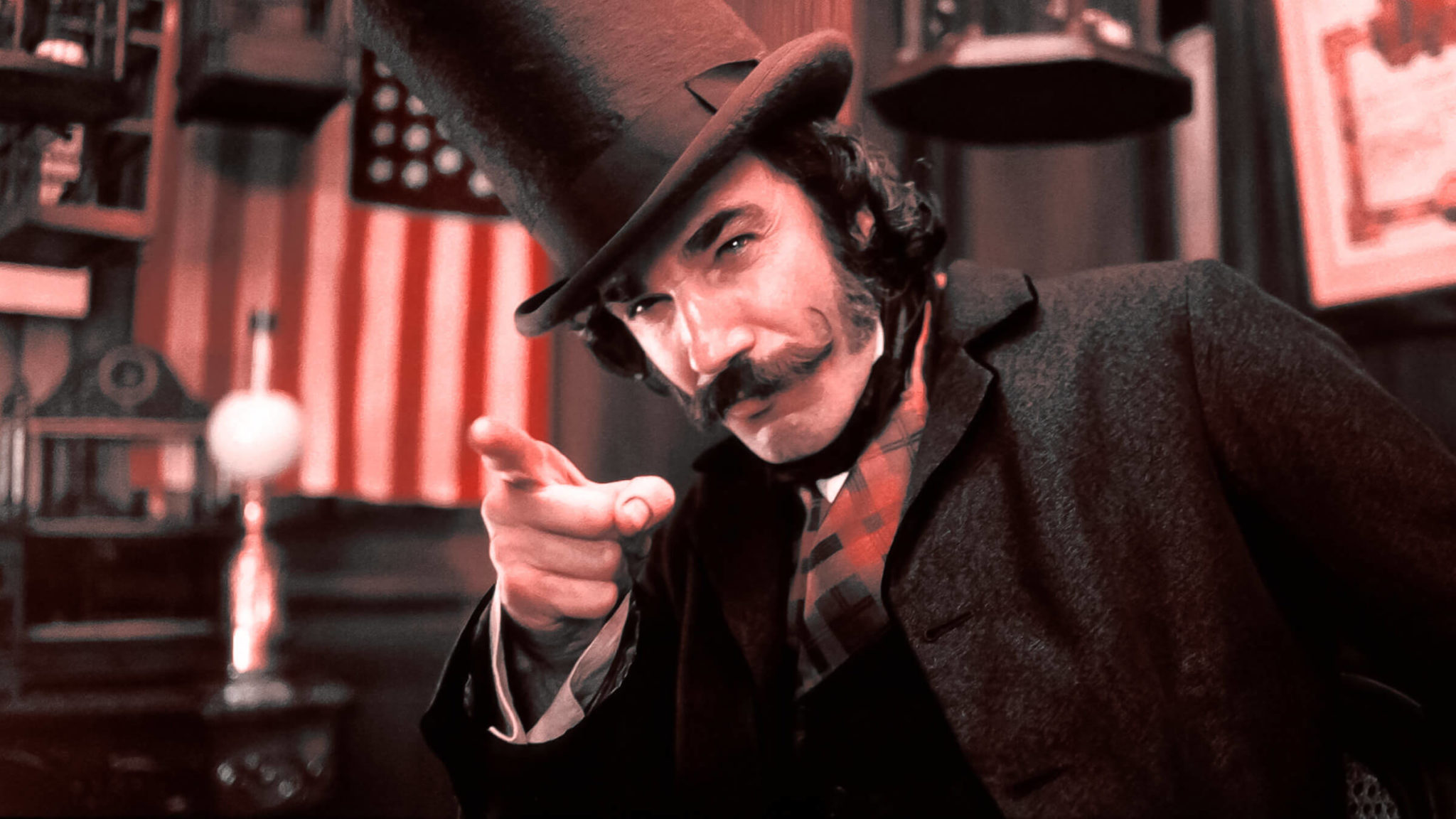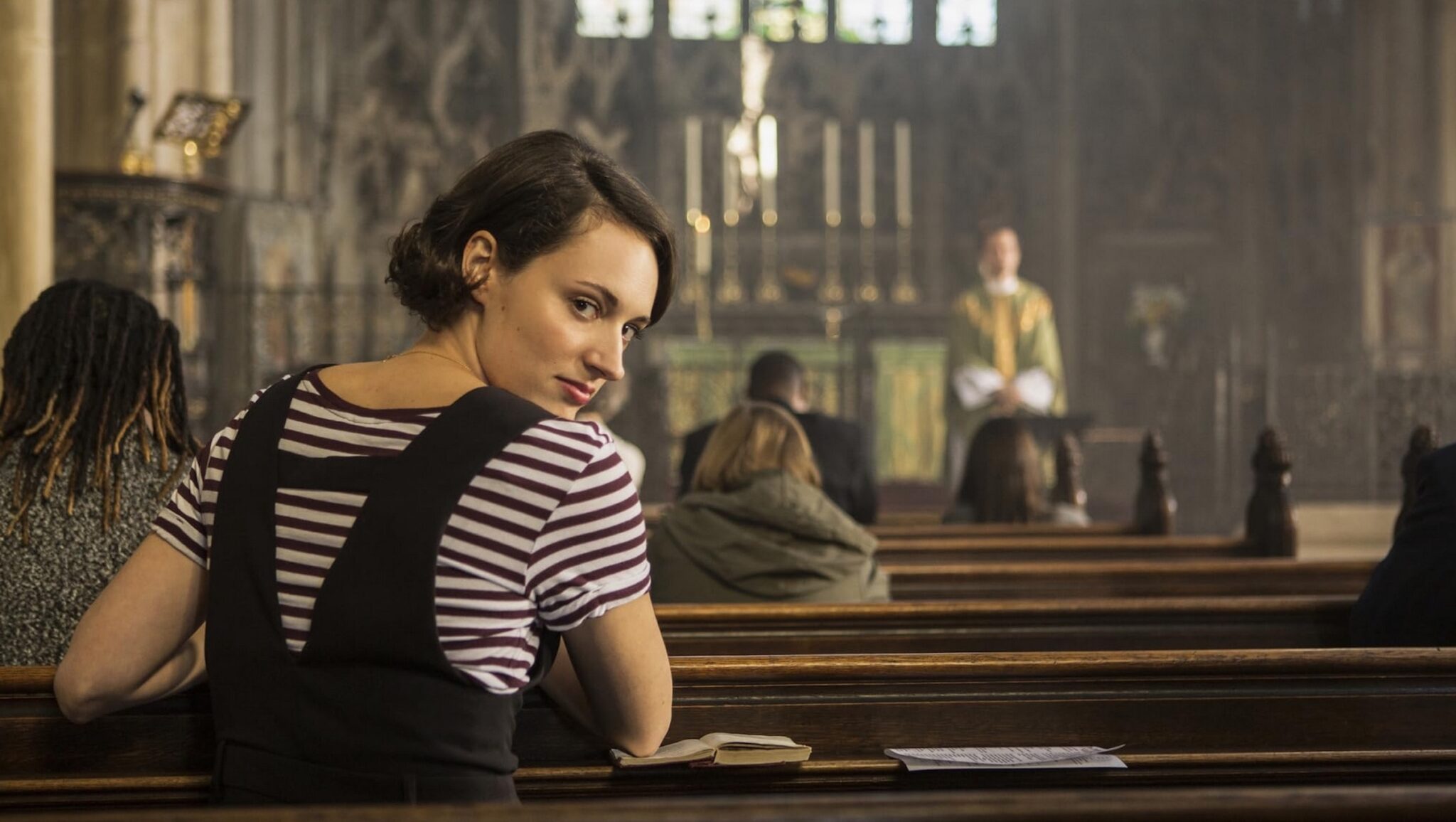3 Things Television Writers Can Learn from TV Episode Recaps

What can budding television writers learn from the "previously on..." recaps from shows like Lost, Friday Night Lights, Game of Thrones, and Breaking Bad?
We are currently in a new Golden Age of television with more platforms for episodic storytelling than there ever has been. The major networks are no longer the only source of series television for audiences.
Cable channels began to dominate episodic television a decade ago, free from the constraints of network censorship. Onscreen nudity/sexual situations, violence, and profanity offered more realistic and intriguing programming.
And then came streaming channels that took that dynamic to the next level, with series television offering more cinematic experiences by condensing the number of episodes to limited series standards of around six-to-ten episodes per season.
But audiences are human. We can't always remember every little detail of every episode. While the latest trend of binging shows helps us capture as many details as possible in a short amount of time, episode recaps are still vital to the continuity of story and character arcs in the eyes of the audience.
You know the drill.
Have you already written a great pilot script? Enter the ScreenCraft TV Pilot Screenwriting Competition here.
The first 30-90 seconds of a serialized show episode is comprised of the previous episode's recap of the major story beats. Sometimes a recap will feature story beats from previous seasons as well, depending upon what the next episode is going to cover.
This allows the audience to reconnect with important story and character arcs — preparing them for the story to come.
These recaps can teach television writers some valuable lessons about the importance of story beats within their writing. Here we feature three things you can learn from TV episode recaps.
1. It All Starts with Story Beats
When you're developing your own episodic scripts, the process begins with coming up with story beats. Story beats are the "must" moments within your episode. If they are not in the script, you have no story.
Let's take a look at the recap from the very first episode of Breaking Bad.
Now, we see the three general story beats that the pilot episode features:
- Something is wrong with Walter. We learn (from the eventual episode) that he's dying from lung cancer and needs to find a way to support his family.
- He teams with a student to produce and traffic Meth — he knows the chemistry (he's a teacher) and his student Jesse knows the business.
- They get in over their head with drug dealers.
Those are three starting points for the series itself, but more specifically, the pilot episode.
When writers are breaking story in a writers' room, that's where the process starts — finding the major story beats. You build from there. A lot of great story and character arcs within Breaking Bad come from those three story beats.
So when you're developing your series pilot — as well as any additional episodes that you choose to write — focus on finding those three main story beats to work from.
Learn the best way to structure your screenplay with this free guide.
2. Find the ABCs of the Episode and Series
Staff writers, showrunners, and story editors within the writers' room of a series will often refer to each main story beats as the A Story, the B Story, and the C Story. Some episodes with larger ensemble casts (Game of Thrones) call for more.
The A Story is the central conflict and is often the longest and most important part of the story. The B Story is the second most important, usually exploring a different dynamic of the plot that the A Story introduced. The C Story is the third most important, but often introduces elements that will carry over to the next episode.
Some shows offer a D Story, which is usually referred to as the runner, but usually you find three main story beats to focus on in any given episode.
When you assign these levels of story beats, it makes your job as a writer that much easier when it comes to prioritizing what and who is featured within your episode.
The most vital part of the episode script is the A Story, which usually covers both the plot and characterization of the protagonist. So that should always be your focus as far as finding closure to that story by the end of the episode. The other story beats are important, but most of your writing for that episode will service that A Story.
And the cool thing is, the B Story and C story work to serve that A Story. It's what gives your story depth.
3. Story Beats Help You Lay Out Whole Seasons Too
The ABCs don't just work for single episodes — they work for complete seasons as well for many shows.
Let's take a look at the season recap for HBO's acclaimed series Barry.
The A Story is that Barry wants to segue from a career as a hired-hand assassin to becoming an actor.
The B Story is the current hit that he's been assigned to, which leads him to his acting group in the first place.
The C Story is the pressure he's getting from those that hire him.
That's all present in the whole season.
As the show segues into the second season, the same A Story is still there, but the B Story and C Story changes. Now the show is about how he does or doesn't maintain his goal to quit killing and pursue acting.
When you're developing a series pitch, you generally write the pilot episode and then create a breakdown of what the first season is about. Using this ABC Story approach is very helpful to give your pitch great depth and focus.
When you find yourself staffed on a series, you'll quickly see that the writers' room will develop an A Story, B Story, and C Story for the whole season. And then this process is broken into single episodes.
Television episode and season recaps can be used to study the dynamics of story beats. They help to simplify what a single episode and single series should focus on.
If you have the time, watch this engaging compilation of all of the episode recaps from Lost. You'll quickly see how brilliant the story beats within these recaps truly are because you can watch all of them and understand the story from the pilot episode to the finale.
It all starts with the story beats. They are the core of every episode you write and every season you develop.
Ken Miyamoto has worked in the film industry for nearly two decades, most notably as a studio liaison for Sony Studios and then as a script reader and story analyst for Sony Pictures.
He has many studio meetings under his belt as a produced screenwriter, meeting with the likes of Sony, Dreamworks, Universal, Disney, Warner Brothers, as well as many production and management companies. He has had a previous development deal with Lionsgate, as well as multiple writing assignments, including the produced miniseries Blackout, starring Anne Heche, Sean Patrick Flanery, Billy Zane, James Brolin, Haylie Duff, Brian Bloom, Eric La Salle, and Bruce Boxleitner. Follow Ken on Twitter @KenMovies
For all the latest ScreenCraft news and updates, follow us on Twitter, Facebook, and Instagram.
Tags
Get Our Screenwriting Newsletter!
Get weekly writing inspiration delivered to your inbox - including industry news, popular articles, and more!


























